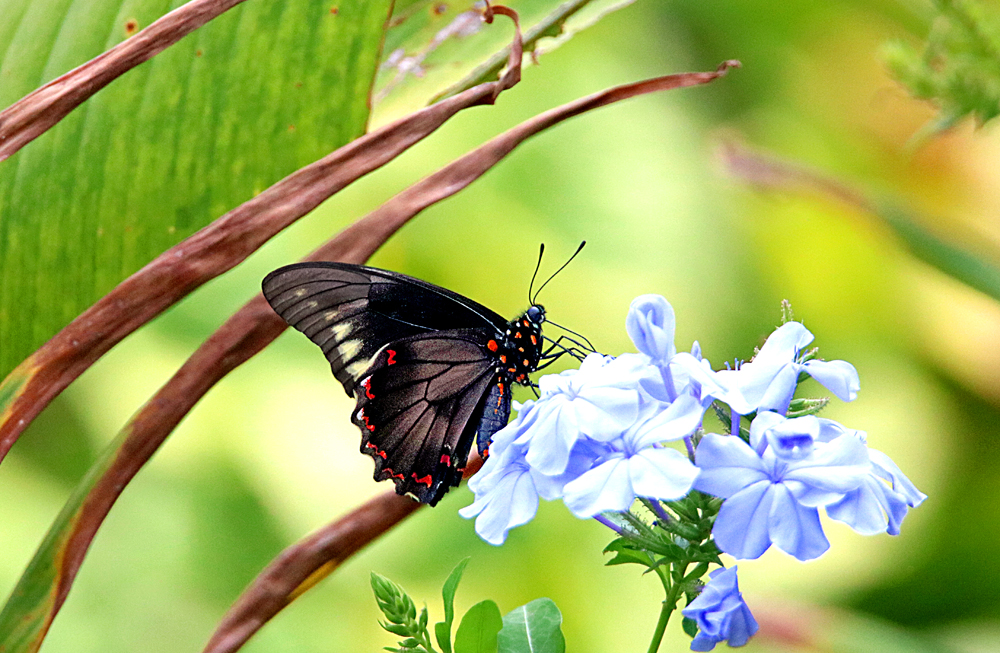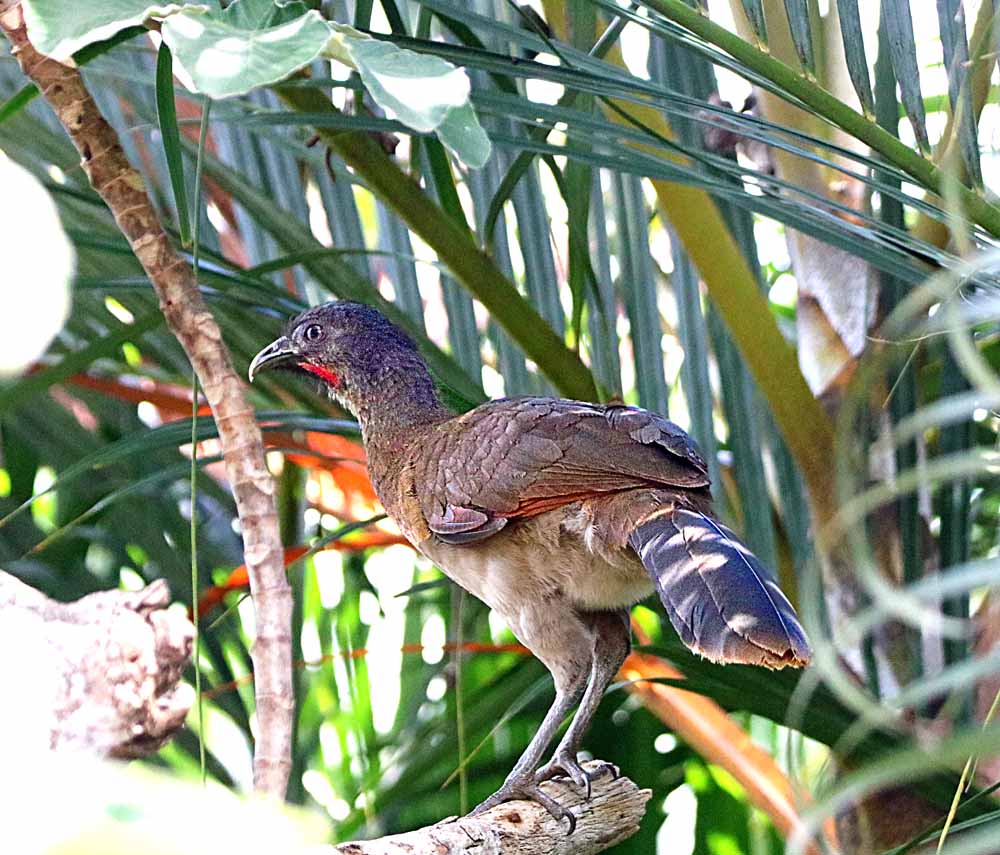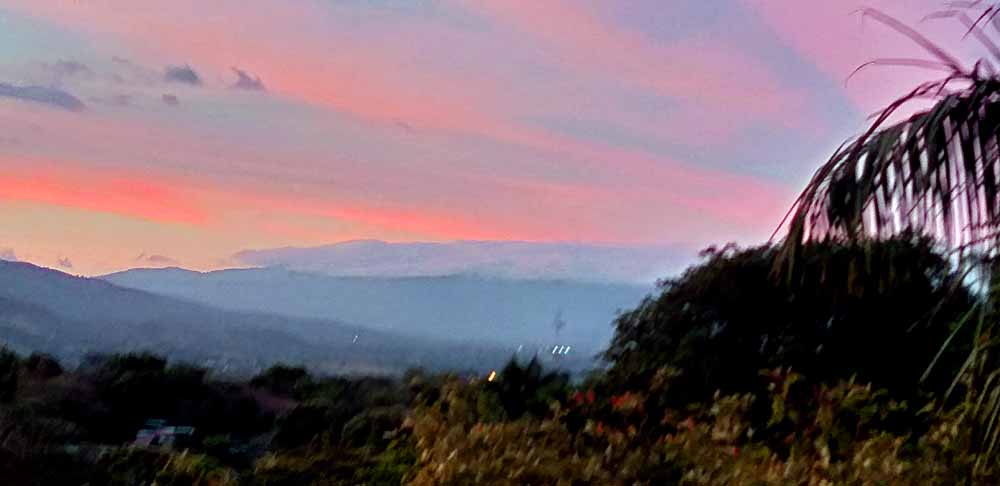This Cinnamon-bellied Saltator, Saltator grandis (eBird link) was for years called the “Grayish Saltator” but was one of many birds that have had their names changed during my ten years of birding here in Costa Rica, which is sometimes confusing, but it keeps you on your toes! 🙂 It is strictly a “Central American + Mexico bird” (Mexico is “officially” part of North America). According to eBird I have now observed 14 of this species in Costa Rica which you can see in my GALLERY: Cinnamon-bellied Saltator. I got this shot in the shadows (hindering photo quality) during my “sitting bird expedition” the other evening in my yard. He is semi-common here, plus I’ve observed him in four other locations around Costa Rica. The cinnamon belly is seldom seen (like in only one shot in my gallery). 🙂

¡Pura Vida!
















